What chickens can teach your children of all ages can be pretty eye-opening. Children and hens may not appear as naturally combined as a puppy or child. More children are happy to discover they love to raise chickens from the baby chick stage on up. Watching those little ones (the baby chicks) grow from fluff to feather and fill in with their beautiful colors is quite exciting.
Kids with chickens learn to be gentle while learning the simple pleasures of caring for another living creature.
When kids learn how to take care of backyard flocks, they develop confidence in themselves and learn important values such as “honesty,” “hard work,” and “respect.” These values are timeless, which makes them great to teach the children of today and future generations as well.
In a world where there are so many distractions, this is a nice way to bring lessons back into your own backyard.

Raising Baby Chicks Will Teach a Child How to be Gentle
One of the best things about raising baby chicks is that they can teach kids how to be gentle. This is an important skill for them to learn, as it will carry over into their interactions with other animals when they grow up.
Some lessons learned from raising baby chicks include respecting animals, the importance of a nurturing family environment, and taking care of other living creatures. Before long, young children understand the importance of respecting their chickens and handling them properly.
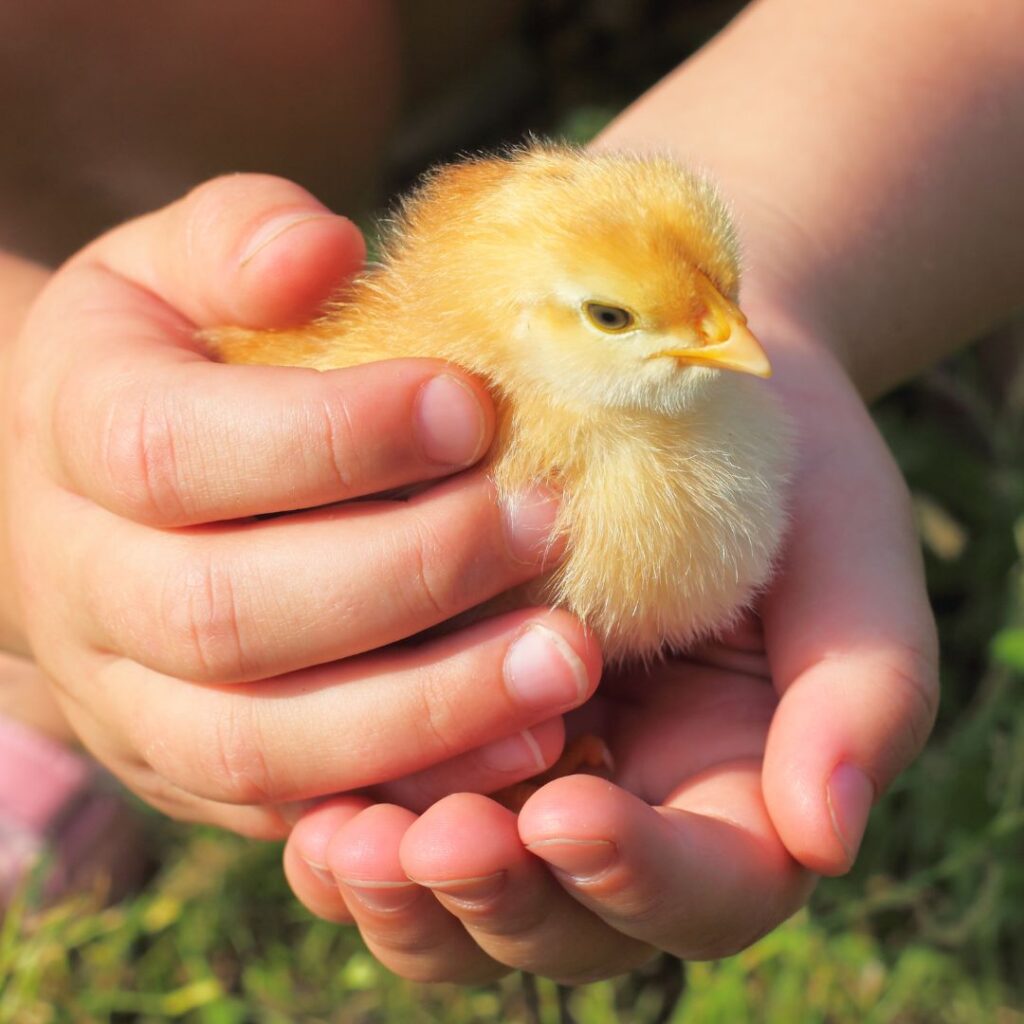
Raising Chickens Will Teach a Child About Responsibility
One of the best ways to teach a child about responsibility is to have them care for pet chickens. Chickens are easy animals to take care of and they provide rewards like eggs that can be eaten or even sold. In addition, kids can learn about chicken behavior and how to interact with them.
“I forgot” is not an excuse for neglecting your chickens’ well-being. Chickens depend on us for their care and kids can help with the care of chickens at any age.
When kids understand this, they will be more likely to want to help out with taking care of them and feel a sense of responsibility in doing so.
Kids can learn about responsibility by caring for chickens and other animals. Chores that help kids learn about responsibilities include:
- collecting eggs
- cleaning eggs
- changing bedding
- feeding chickens
- cleaning feeders and water containers
Chores to Involve Kids With
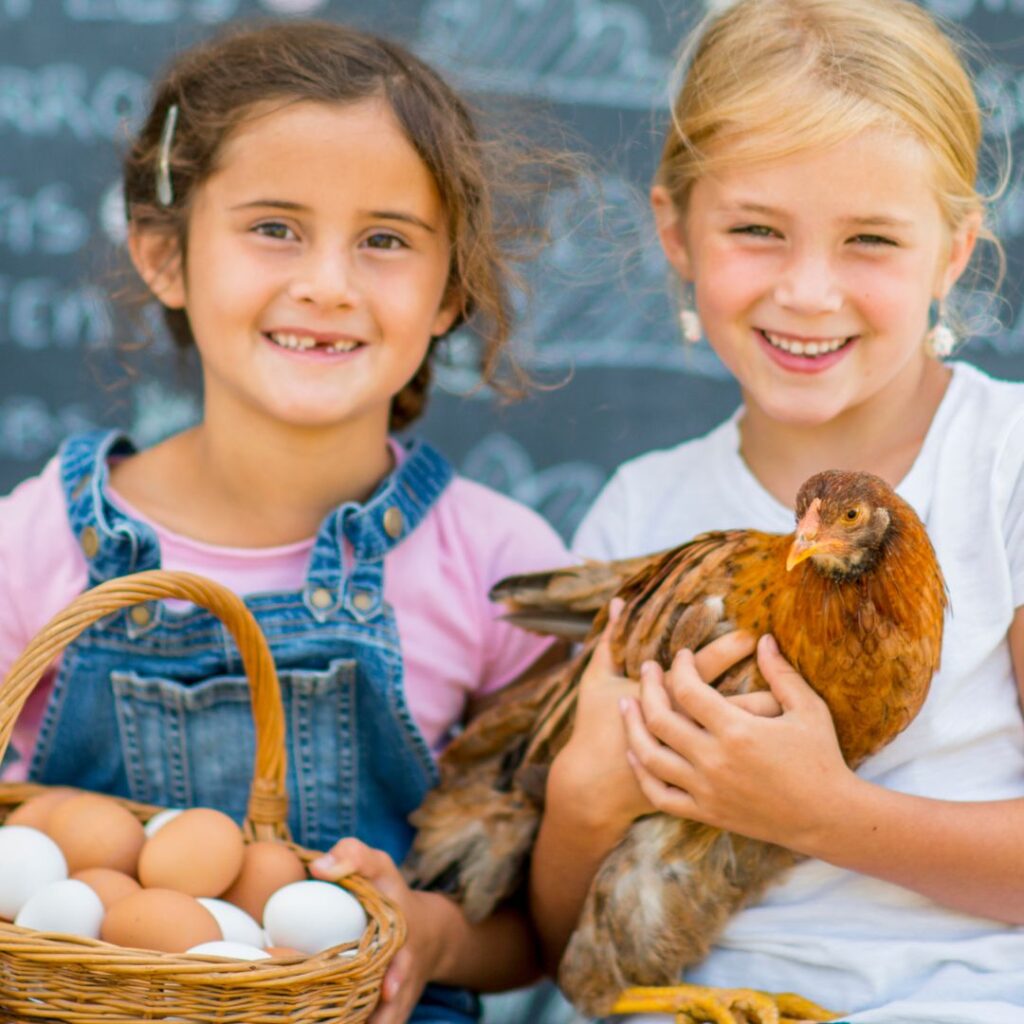
Egg Gathering
Gathering fresh eggs is a great chore for children of all ages. It’s a fun and easy way to get them connected with farm life.
Children love being able to gather eggs fresh from the coop. The chickens are usually excited when they see the kids coming. They start to learn that this means food is coming too. food They’ll start clucking and scratching around in anticipation. This makes it an enjoyable experience for kids of all ages.
Raising Chicks
From the very small chick stages when the chicks need certain temperatures. Then the little chicken stage as their feathers start to grow. Feeding needs to change and the appearance of the chicken changes too.
The responsibilities of raising chickens can be increased as your flock gets older; with supervision and gentle handling, children will learn the importance of raising their new baby chicks into adult birds.
Raising chickens can teach a child about cleanliness and hygiene, which is especially important when you’re dealing with young ones who are still learning about these things.
With a little bit of effort, you can teach your children so much by raising a few chicks in your backyard.
Filling Feeders and Waterers
Chickens need fresh food and water every day. That means someone has to fill their feeders and waterers. This is a year-round chore, especially if you have laying chickens.
Engage older children in this task because it requires some heavy lifting. Smaller children can carry smaller amounts to pitch in until they’re able to carry more.
Cleaning Pens
It’s important to keep pens clean, this helps reduce the spread of disease. Cleaning pens is a necessary chore, but it can be made more fun by involving kids. Give them a small shovel or rake and let them help scoop out the soiled bedding. They’ll feel like they’re really making a difference, and they’ll be excited to do it again next time.
Having a different pair of boots and work gloves will make it feel official and more grown-up for little ones too.
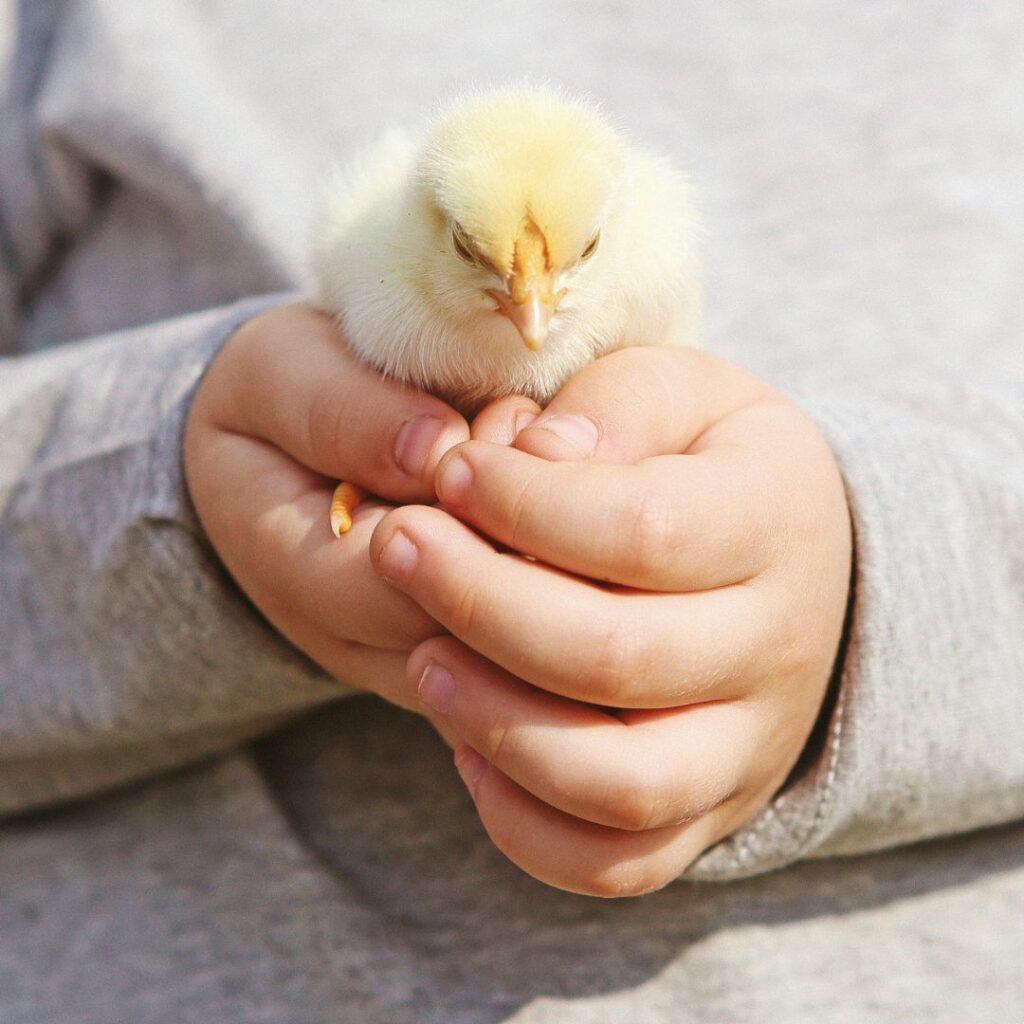
Repurposing – Giving back
Chicken manure can be put in a compost pile and used in next year’s garden.
Did you know that crushed egg shells can be fed to your flock in place of oyster shells. These help harden future eggs.
Children Will Learn Where Their Food Comes From
When it comes to food, most children are clueless. They see food come from the grocery store, but they don’t know where it came from before that. Even if they go to a farm, they usually just see cows or pigs and not how their food ended up on their plate.
This is also a good opportunity to let them know about ethical ways to produce food for healthier animals and therefore healthier food.
Farm-to-table foods and conversations are going to help your children grow into amazing adults. Knowing a bit more about food production is something even adults could benefit from.
The Facts of Life; Reproduction
It can be tough to talk about reproduction with children, but it’s an important conversation to have. Parents should start by explaining that yes, humans and chickens are different but have some similarities. It may be easier for children to understand reproduction if they start with the chicken. Female chickens (hens) and roosters are much simpler than humans, so this can make it a little less overwhelming for kids.
Children are noticing things they weren’t previously, and it’s important that parents talk to them about reproduction. This is a great opportunity to teach them about the process in a way that is easy for them to understand.
Questions like “where do babies come from?” can lead to healthy conversations between parents and their children. As always, make sure you answer any questions your child has honestly, completely, and age-appropriately as possible.
Hatching chicks can be a great experience and an ideal opportunity to explain this.
Read about How Long Chickens Lay Eggs and Their Life Expectancy here.
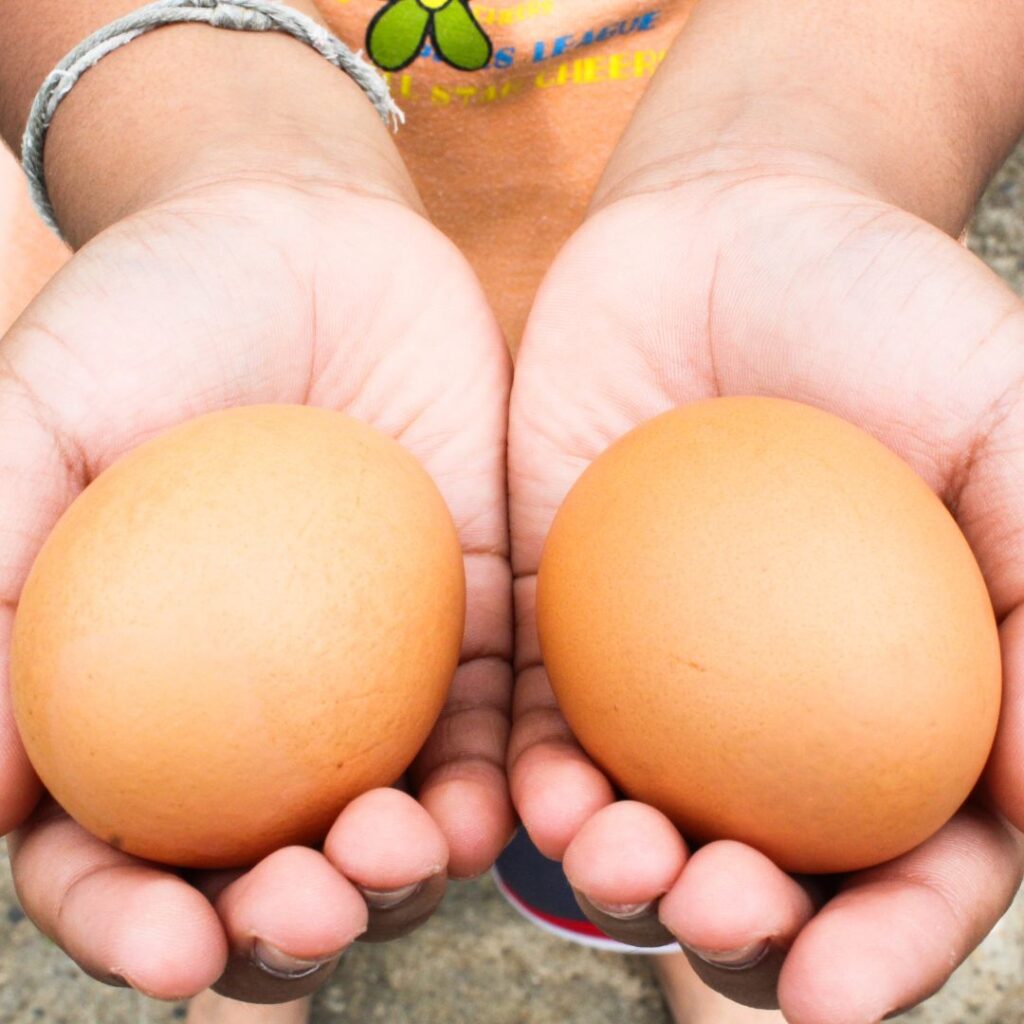
The Value of Hard Work – Making Money
There are many ways to make money, but some of the most popular include owning a business, investing money, or getting a job.
Instead of a lemonade stand this year, encourage your kids to have an egg stand. This is a great way for children to learn the value of their work doing chicken chores and how to be responsible with their time and resources.
Remember to let your children know that part of the money goes back to paying for chicken food and bedding for their feathered business partners.
Children’s Choice; Top Ten Chicken Breeds Good With and For Kids
The entire family, including small children and older kids alike, have favored these different breeds of chickens. They’re known for temperament, hardiness, health, appearance, and egg production. Consider starting your small flock with one of these breeds.
Buff Orpingtons
Buff Orpingtons are a gentle breed. They’re a pretty popular type of chicken. They are laid-back and can handle both free-range and enclosed environments.
- Beautiful shades of “buff” colored feathers.
- The average weight is 8 – 10 pounds.
- Eggs are Large and Brown.
- They average 250 eggs per year.

Lavender Orpingtons
Lavender Orpingtons are a friendly bird that loves attention from people. They tend to do well in small spaces and are known for being docile. One of the top choices for homes with children.
They are hardy birds, who are able to be kept in both free-range and enclosed environments, making them a popular choice for homesteaders with limited space on their property.
- These birds have silvery bluish (sometimes grey-looking) feathers.
- The average weight is 6 – 8 pounds.
- Large Light Brown Eggs.
- Produce around 200 eggs each year.
Read More About The Orpingtons Here.
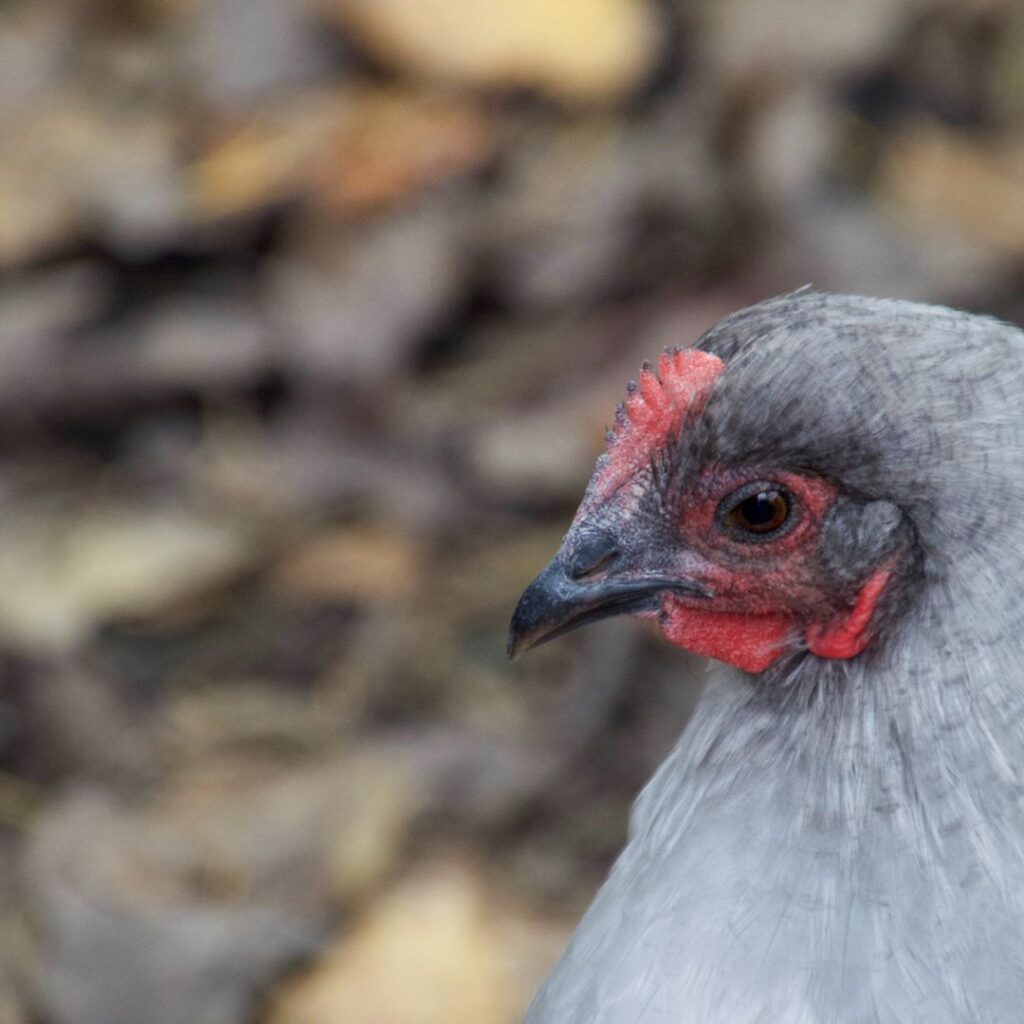
Australorps
The Australorp is docile and makes a great pet chicken. This is another kid-friendly, kid-approved breed. They are also highly productive egg layers, doing well in mixed flocks or single breed flocks.
- The Australorp is a large black bird with an amazing green sheen and noticeably soft feathers.
- Weigh in around 5 – 8 pounds.
- Medium-sized Light Brown Eggs.
- Approximately 250 eggs annually.
Read More About The Australorps Here.
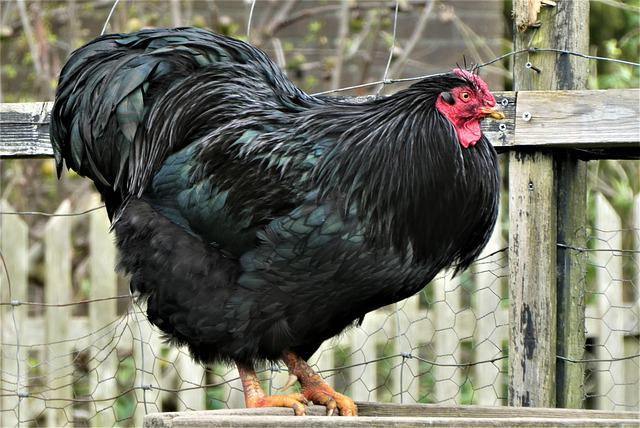
Ameraucanas
Ameraucanas are beautiful, friendly chickens that come in a variety of colors. They are non-aggressive and make an exciting addition to any flock.
They are tolerant of a wide variety of temperatures, making them a great choice for backyard chickens.
- Feather colors for this bird can be Black, Blue, Brown, Buff, Silver and White. There is also a Blue Wheaten and Wheaten.
- Weight 5 – 7 pounds.
- Large Blue Eggs.
- Approximately 200 eggs per year.
Read More About The Ameraucanas Here
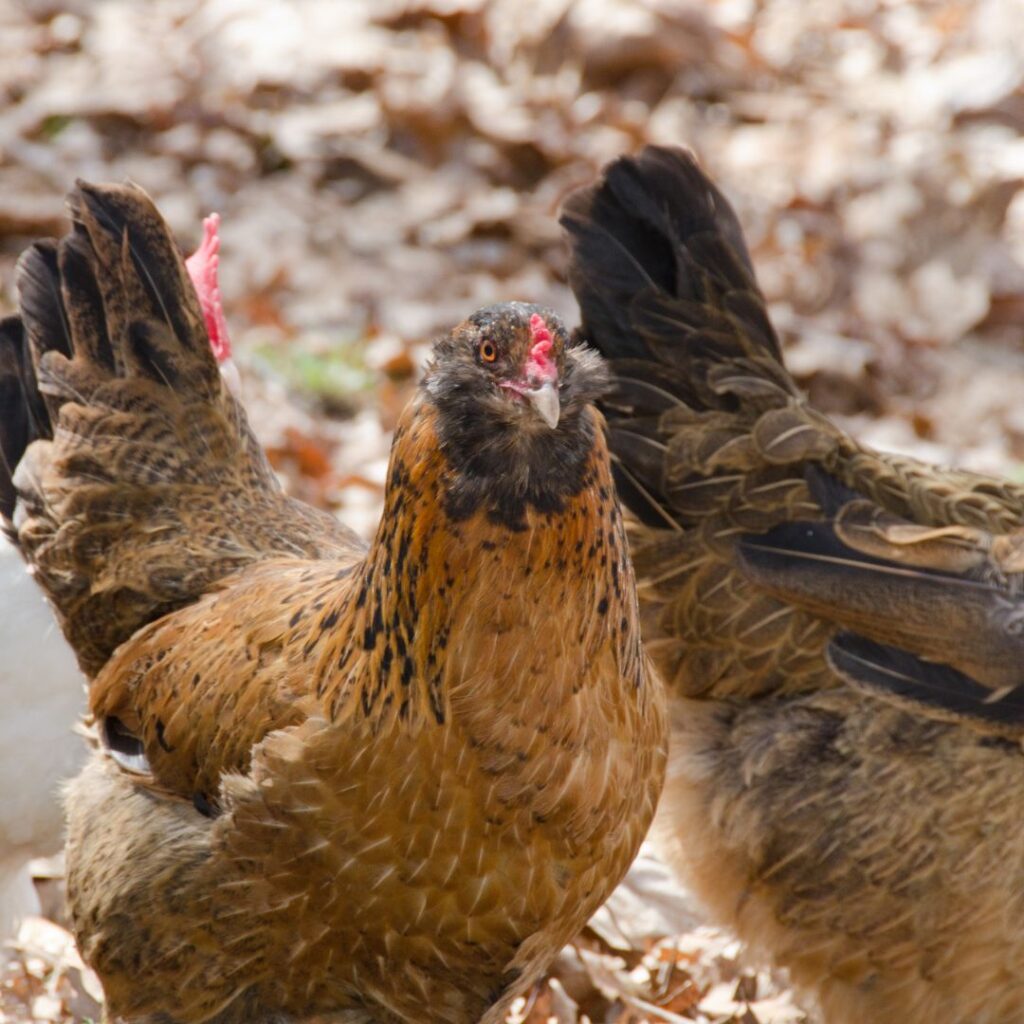
Barred Plymouth Rocks
If you’re looking for a docile breed of chicken that will be happy in confinement but also free-range well if given the opportunity, the Barred Plymouth Rock is a great option. These chickens are easily identifiable by their black and white striped feathers, and they make a great addition to any backyard flock making them a popular choice for poultry enthusiasts.
Barred Plymouth Rocks are active and silly birds, and they thrive on human attention.
- Black and white feathers (striped in appearance).
- Weigh in around 7.5 – 9.5 pounds.
- Medium Brown Eggs.
- They’ll lay 250-280 eggs each year.
Read More On The Barred Plymouth Rock Chicken Breed Here.
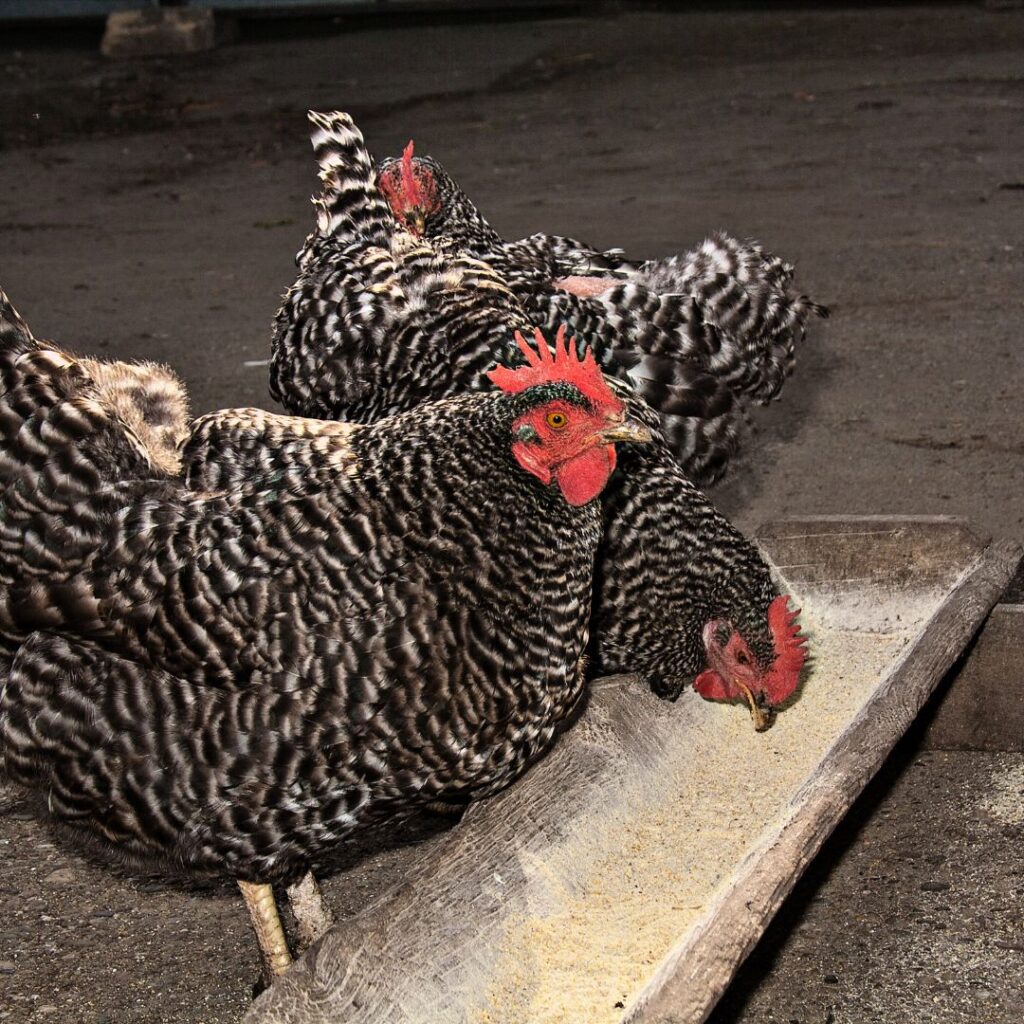
Silkie Bantams
Silkie Bantam chickens are miniature chickens that come in a variety of colors. Their feathers feel like you are petting down instead of regular feathers. They are docile and adore attention from humans. This is a great pet for a child wanting to have chickens. They love sitting on the laps of their humans. Silkie Bantams are cold-hardy.
- Feathers are white, black, gray, buff, and more.
- The smallest of the birds in this article weighs approximately 1.5 – 2 pounds.
- Small Eggs – white, cream.
- Silkies lay approx 100 – 150 eggs a year.
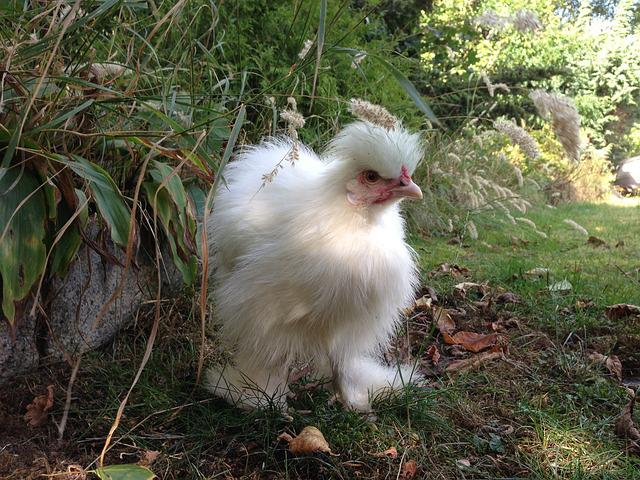
Faverolles
Faverolles are a large hardy chicken breed that was first developed in France. They are known for their sweet, gentle nature and their ability to lay eggs year-round. Read more about Faverolles Chickens here.
Faverolles can be shy if they are not raised from chicks and handled often, but they will thrive on attention from their owners. They are social birds. You can look forward to them following you and your children around the yard with occasional breaks for patting and treats.
These are another cold-hardy breed.
- The feathers on these birds can be Black, Blue, Buff, Mahogany, Salmon, and a few more. However, only the white and salmon colors are what is recognized by the American Poultry Association.
- Weight is 6 – 8 pounds.
- Medium Cream Colored Eggs.
- Lays approximately 220 eggs a year.
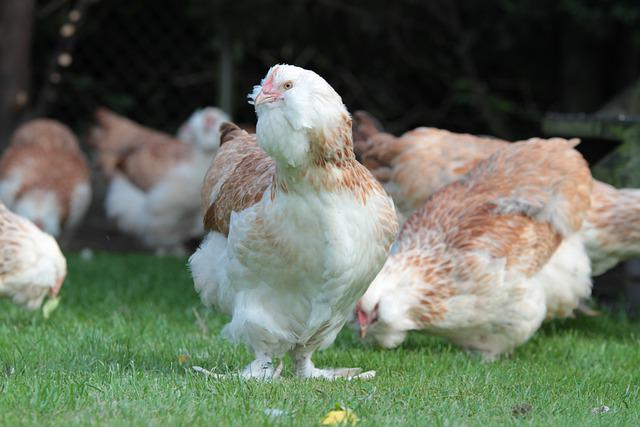
Cochins
The Cochin is a very large chicken with impressive feathering. They are large, docile, and gentle. They prefer to be fed, not free-ranging. The Cochin does not have the desire to roam too far, making them ideal for keeping in coops.
Their low drive to scratch and roam make them an ideal hen for those who want their flower and vegetable gardens left alone. However, this can also lead to an overweight bird.
Keeping a healthy diet recommended by your local feed and grain store can go a long way to maintaining a healthy chicken. This and tossing some of their feed into the outdoor run for them to scratch and forage for will encourage some added exercise.
These are cold hardy birds and easy to keep.
- Cochins come in many colors, but the most common are black, white, buff, and red.
- The weight of these birds are 8.5 – 11 pounds.
- Eggs are Medium and the color is brown.
- They will produce about 100 eggs a year.
Read More About the Cochin Chicken Breed Here.
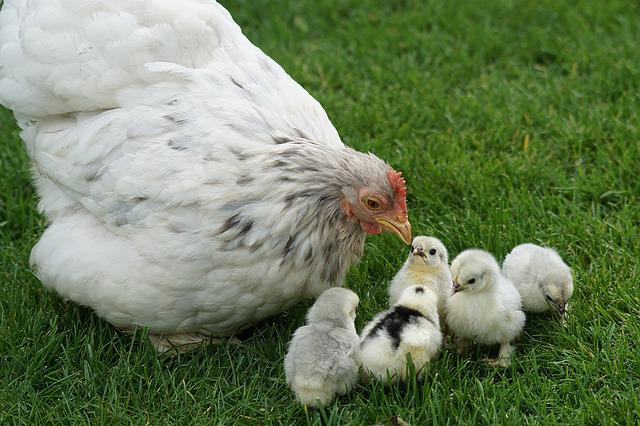
Brahma Chickens
Brahma chickens are another popular breed of chicken. They are large, docile, and friendly. Brahmas tend to be peaceful with other birds but can measure up to 30″ tall. Don’t let their size scare you, they’re known as a gentle giant in the chicken world.
These aren’t big roamers and are not recommended as a free-range bird (similar to the Cochins above).
They lay a decent amount of eggs, making them good for kids to learn about egg benefits like food and nutrition, and even selling eggs.
- Brahma’s come in feather colors are Buff, Blue (silverish), Gold, White, and variations in between. They’re quite brilliant-looking birds.
- These chickens weigh in at a healthy and large 9.5 – 12 pounds.
- Eggs are Large and Brown.
- They lay approximately 200 eggs per year.
Read More Abut The Brahma Chickens Here.
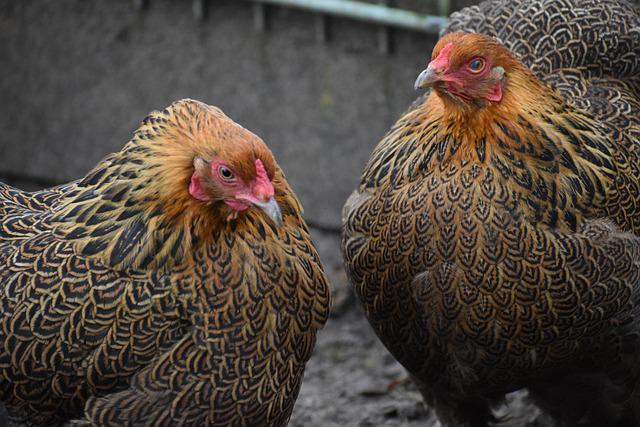
Polish Chickens
Polish Chickens are friendly chickens that make great pets. These are birds filled with personality and well, pizzazz! They are very active, and still, you can pick them up, carry them around, and even snuggle with them. Polish Chickens are known more for their show and pet qualities than they are as abundant layers.
They can seem skittish at times, but this can be because their feathers can inhibit their vision. Just knowing to approach your bird slowly and let them know you’re coming with some small noise or your voice can help with this.
In the winter they must be kept in a dry and warm location to prevent frostbite. These are not cold-hardy birds at all.
- Polish chicken feathers are Blue, Buff, Gold and Silver in colors.
- They weigh in around 4 – 6 pounds.
- The hens lay Medium eggs, White, in color.
- Expect about 100 eggs a year from these hens.
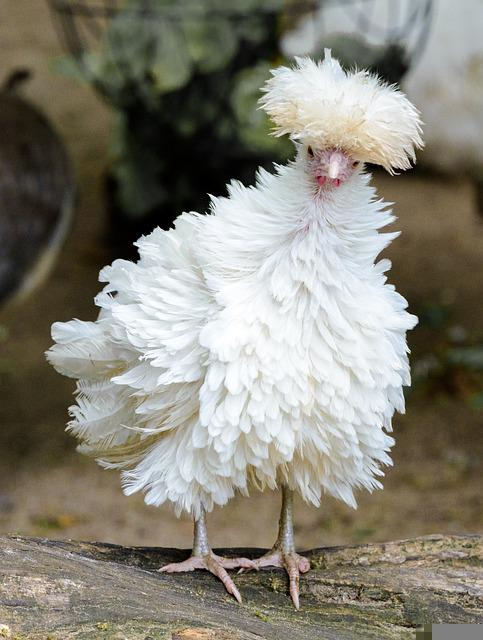
If you want to start with a small chicken, consider looking into a Mille Fleur D’Uccle Bantam Breed or the Silver or Golden Sebright Bantam.
Related: Read About Blue Egg Layers like the Araucana and Ameraucana to Add Variety to Your Flock
The Many Benefits For Your Kids with Chickens
There are many benefits to raising chickens for your children. Chickens teach kids about the life cycle of a chicken, death, responsibility, and where their food comes from. Plus, chickens provide nourishment to children in the form of healthy protein.
Raising chickens is a great way to help kids learn about agriculture and nutrition. You get the added benefit of using these opportunities to teach about science, math, and health.
When kids learn how to take care of backyard flocks, they develop confidence in themselves and learn important values such as “honesty,” “hard work,” and “respect.” These values are timeless, which makes them great to teach kids of all ages.
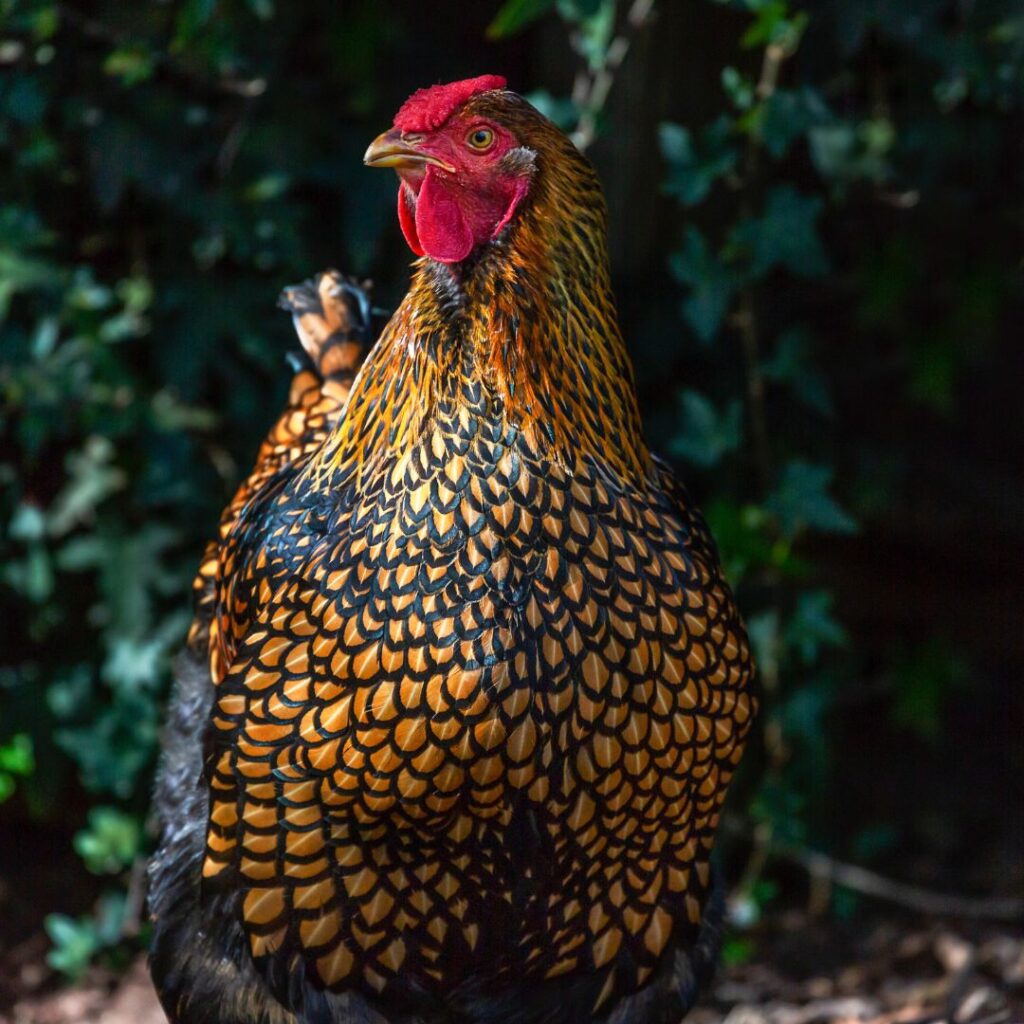

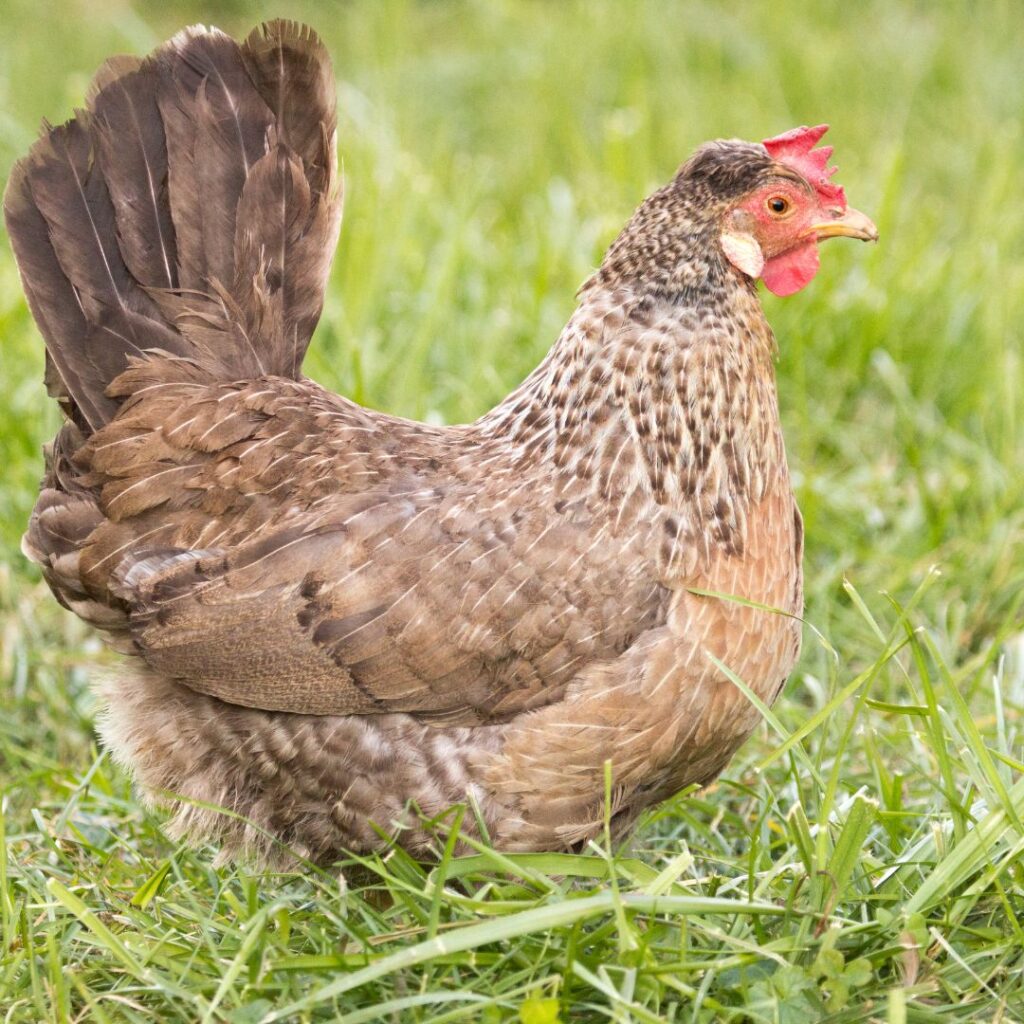
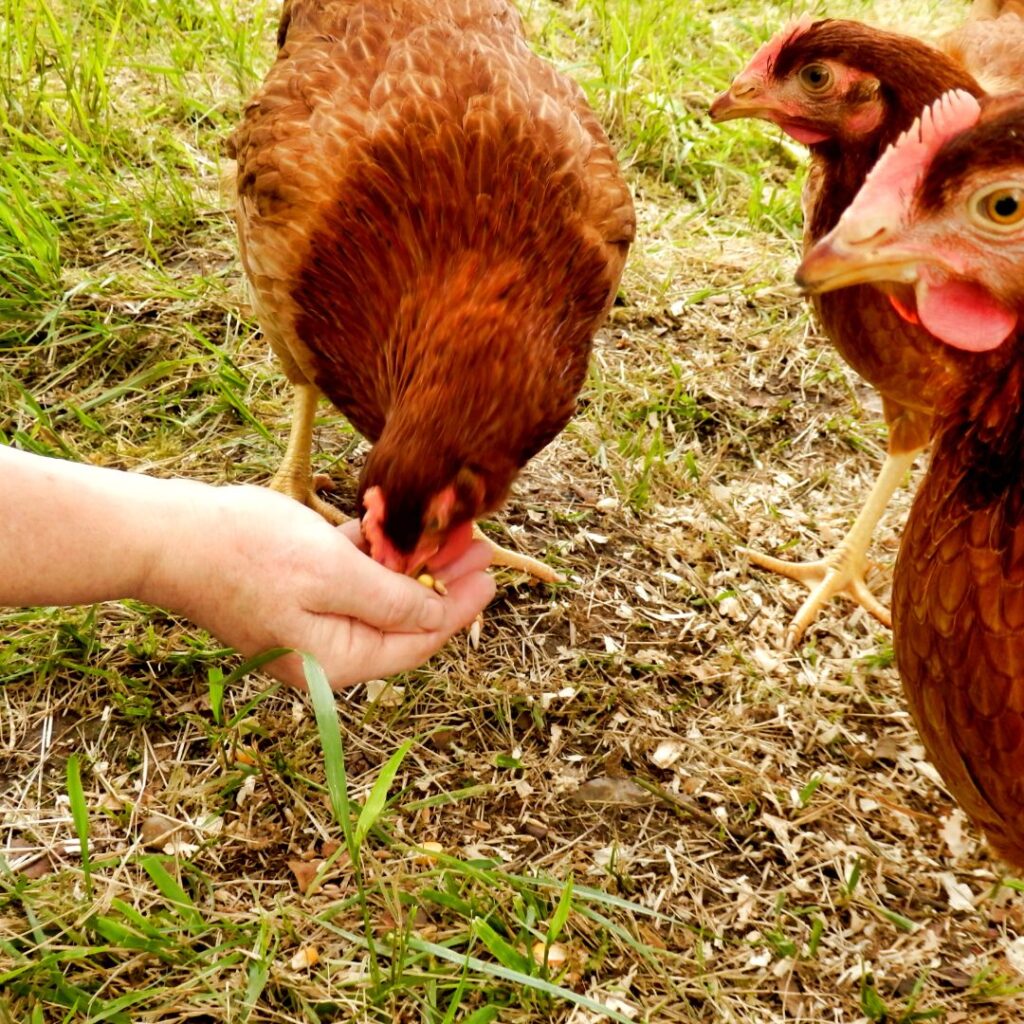
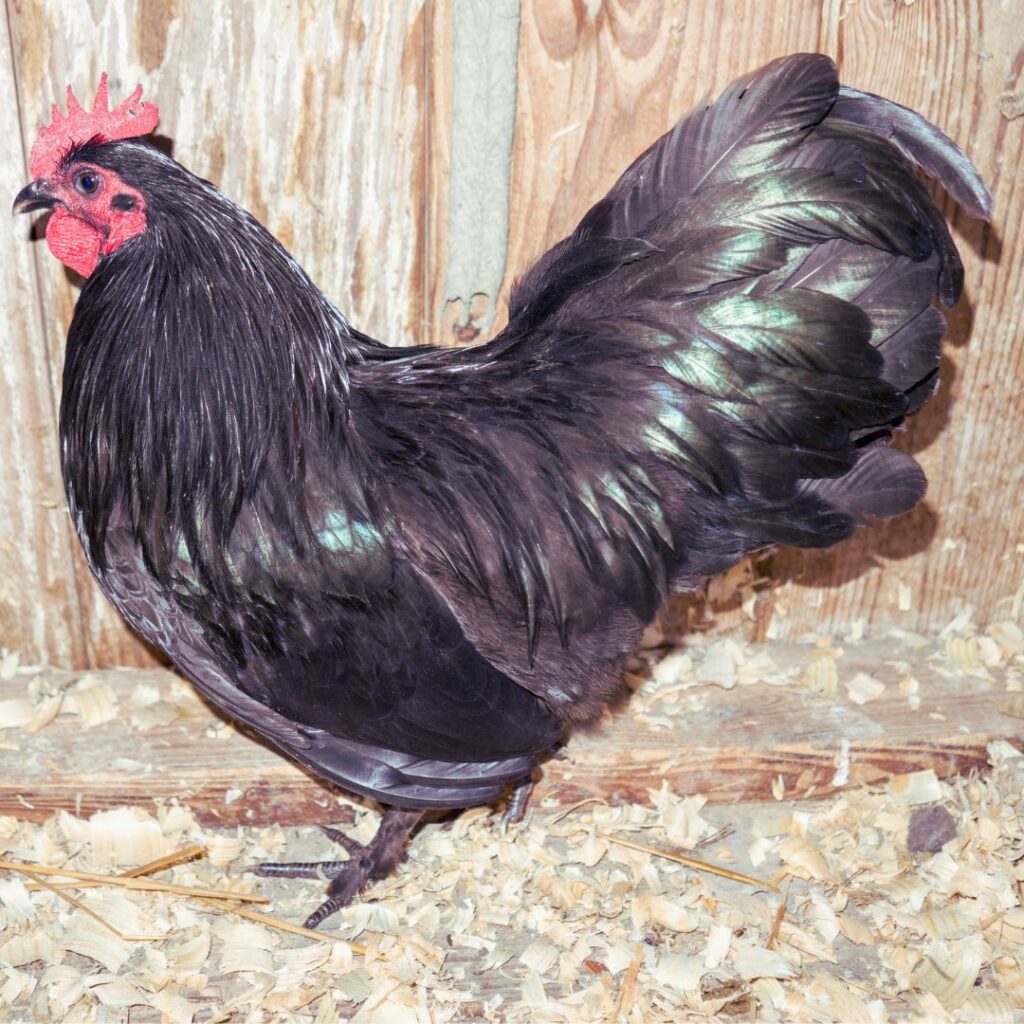
Pingback: 7 Tips; How To Keep Chickens Out Of Gardens, Flower Beds - Gilmore's
Pingback: Tips For Buying Backyard Chickens; Your 2022 guide - Gilmore's
Pingback: 18 Cold Hardy Chicken Breeds For Harsh Winters - Gilmore's
Pingback: How To Clean & Store Fresh Eggs From Backyard Chickens - Gilmore's
Pingback: Raising Backyard Chickens; Tips For Beginners - Gilmore's